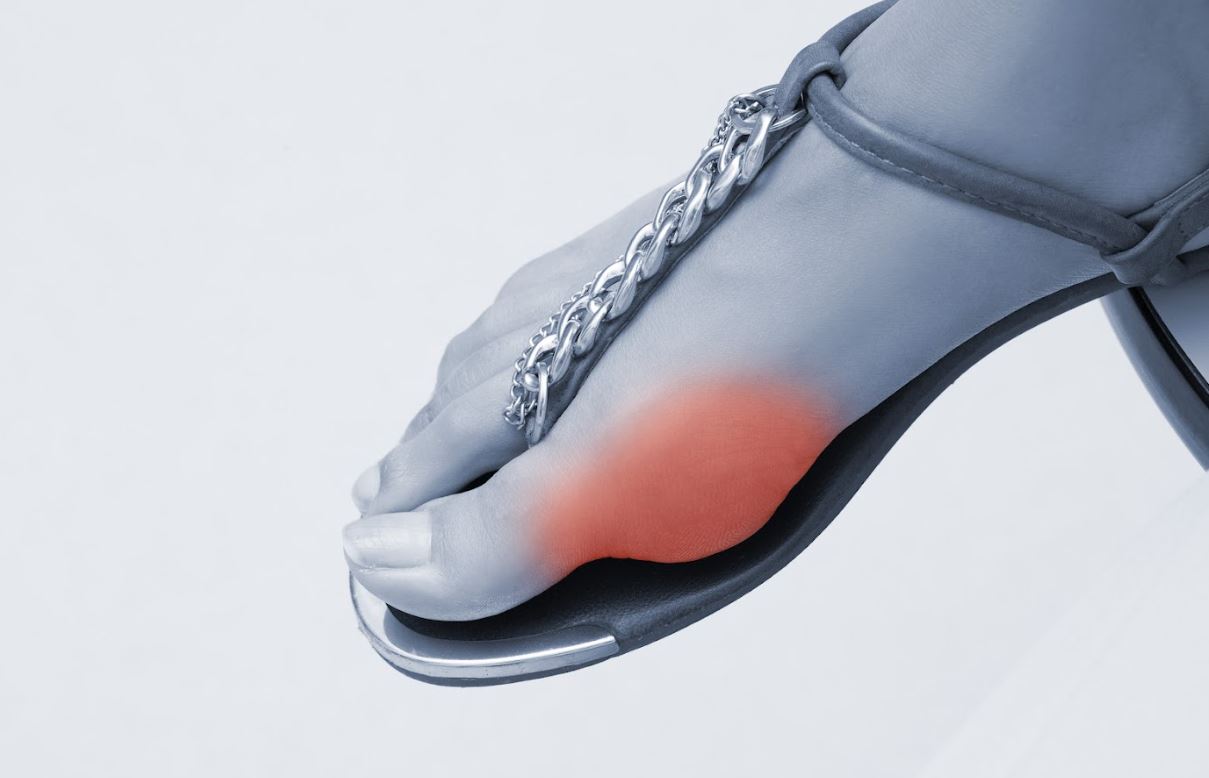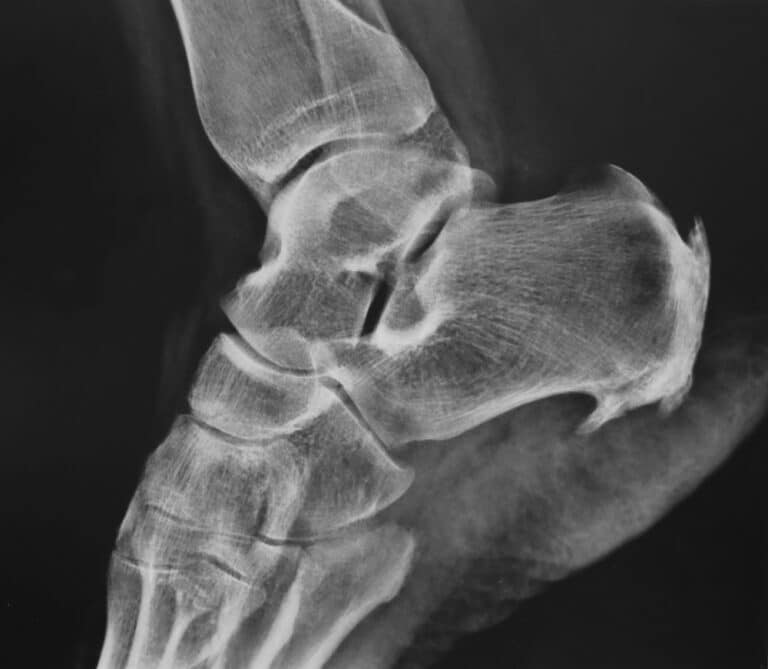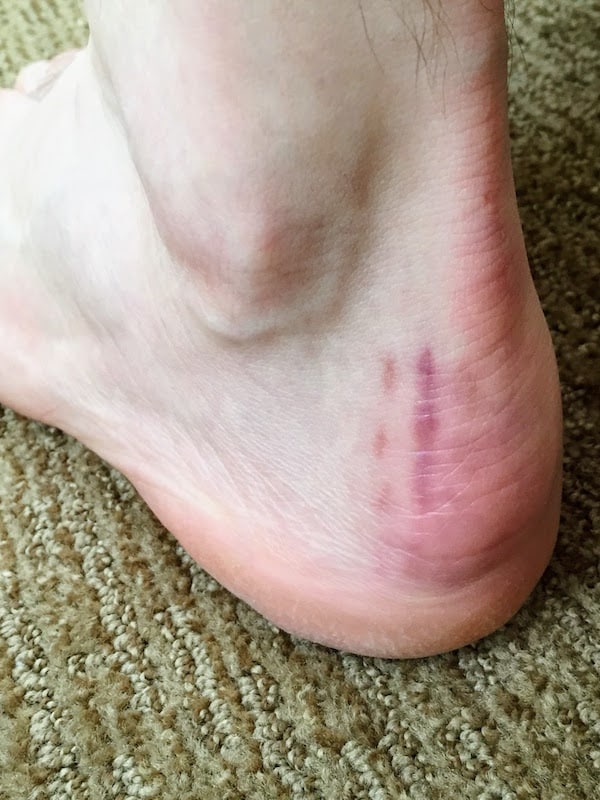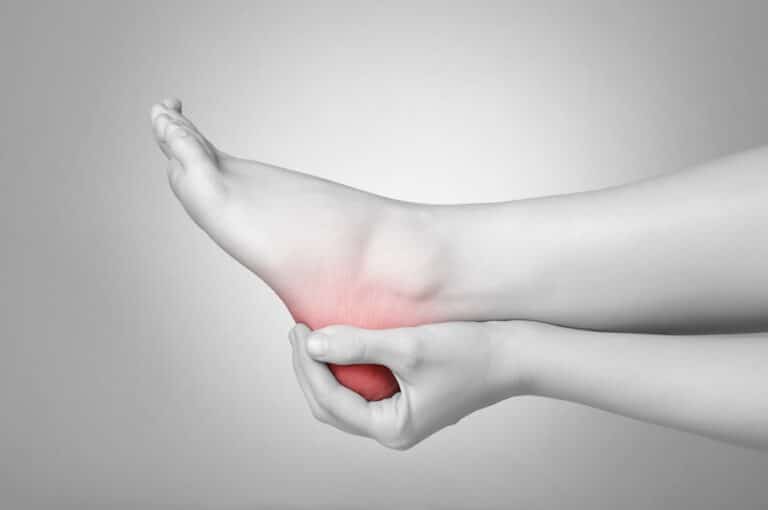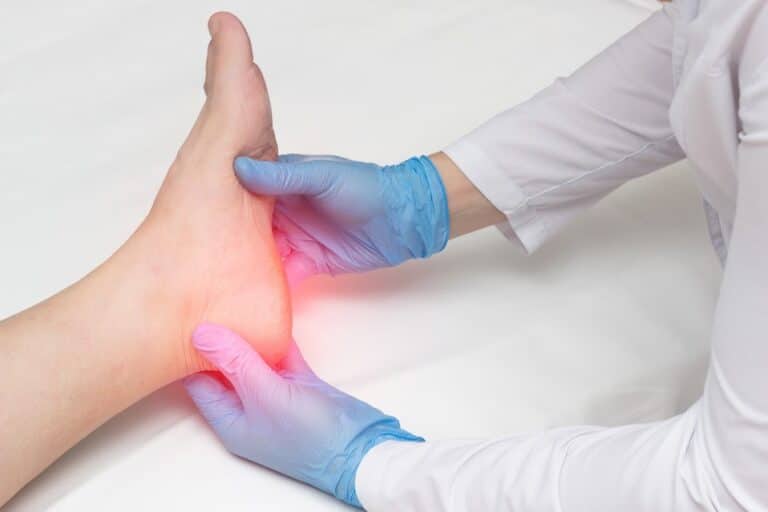Bunion surgery, also known as bunionectomy, is a common treatment for bunions, a painful condition characterized by the misalignment of the big toe joint. While surgery may be necessary in some cases, there are non-surgical alternatives that can help manage the symptoms and slow down the progression of bunions. Here are some non-surgical options you can explore:
- Orthotic devices: Wearing orthotic inserts or shoe pads can help redistribute pressure on the foot, reducing discomfort and preventing further deformity. These devices can be custom-made or purchased over-the-counter.
- Proper footwear: Wearing well-fitting shoes with a wide toe box can alleviate pressure on the bunion and reduce pain. Avoid shoes that squeeze or crowd the toes, high heels, and narrow or pointed toe boxes.
- Toe spacers and splints: These devices can be worn to separate and realign the toes, relieving pressure on the bunion and promoting proper toe alignment.
- Protective padding: Using moleskin or gel-filled pads can provide cushioning and protection for the bunion, reducing friction and discomfort.
- Physical therapy: Specific exercises and stretches can help strengthen the muscles around the affected area, improve flexibility, and promote better foot alignment.
- Pain relief measures: Over-the-counter pain medications, such as acetaminophen or nonsteroidal anti-inflammatory drugs (NSAIDs), can help manage pain and reduce inflammation.
- Ice and heat therapy: Applying ice packs or using warm foot baths can help relieve pain and reduce swelling associated with bunions.
- Bunion splints: These devices are typically worn at night and aim to realign the toe joint gradually over time.
It’s important to note that while these non-surgical options can provide relief and slow down the progression of bunions, they may not correct the underlying structural deformity. If the bunion is severe, causing significant pain or interfering with daily activities, surgical intervention might be necessary. Consulting with a podiatrist or foot specialist can help you determine the best course of action based on your individual circumstances.
Get a 10% Discount on Minimally Invasive Bunion Surgery
What Are Bunions?
Before you can understand how best to deal with a bunion, you have to learn why this condition occurs and what it is exactly. A bunion, or hallux valgus, is a bony protrusion located on the inside of your foot where the big toe is connected to the rest of the foot. This deformity is a result of an irregular bone alignment – more precisely, an irregular alignment of the first metatarsal bone.
Bunions can be asymptomatic and only present a cosmetic issue, but more often than not, these deformities cause plenty of unpleasant symptoms that eventually lead the patient to the doctor’s office. The pain when walking or standing is usually present, and the protrusion can also rub against the inside of your shoe – the pressure and friction can lead to a corn on the big toe. Over time, the bony bump becomes more prominent, and the symptoms become more severe. The longer you put off treatment, the more complex it will be to correct the deformity.
How to Know You Have Them?
It’s not hard to conclude if the deformity on your big toe is a bunion – you can do that simply by looking at the problem. If there is a protrusion on the inside of the foot located in the area of the big toe joint, the chances are that it’s a bunion deformity. Still, you should visit a doctor who can diagnose you officially and recommend the best treatment options available.
What Is the Best Alternative to Bunion Surgery?
The chances are that your doctor will recommend you to have bunion surgery – it’s the only effective way to get rid of the deformity. Still, it’s understandable that not everyone will be so keen on this course of treatment. If you wish to try something less invasive in the hope of relieving the pain, here are four non-surgical alternatives that have shown promising results.
A Hot and Cold Therapy Might Ease the Pain
Hot and cold therapy can help with various conditions where pain and inflammation are dominant symptoms. The process consists of alternating between cold and hot water – or ice packs and heating pads. Cold constricts your vessels and helps decrease the swelling, while hot improves blood flow and relaxes muscles and joints.
Take Pain Relief Meds to Reduce Inflammation
NSAIDs are known for reducing inflammation and pain, so taking them can help with the symptoms of your bunions. From this group of pain medications, aspirin, ibuprofen, and naproxen are the most commonly used. They start working within one hour of taking them, and they are highly efficient.
However, this isn’t a long-term solution, as these medications shouldn’t be taken for extended periods of time. If you have certain chronic conditions, you might not be able to take these medications, so be sure to consult with your doctor to see if you can safely use them.
Ensure You Are Wearing the Right Footwear
When you have a bunion, footwear can either improve your symptoms or make them a lot worse, so you have to be smart about what you choose to wear. Be sure to pick comfy shoes with enough room for your toes – a wide toe box is crucial. Supportive but cushioned soles are also important, and avoiding high heels is a must. You can find shoes like this from any of your favorite brands, but there are also brands that specialize in making shoes for feet with bunions, so consider giving them a chance.
Get Protective Pads and Orthotics
You can always try dealing with your symptoms by wearing shoe inserts – they provide better comfort to your feet and decrease the pain. If the basic shoe inserts don’t seem to be working for you, you should consult with a podiatrist about custom-made orthotics that may be a better fit for your feet.

When Should You Visit a Doctor?
It’s always best to talk to your doctor as soon as possible. When you start noticing the symptoms of a bunion, reach out to your podiatrist. They will be able to give you advice on non-surgical and surgical treatment options so that you can decide what suits you best. The sooner you start treating the bunion, the sooner the pain will go away!
Get Rid of Bunions With the Help of the Best Surgeon in Miami
If you’ve decided to reach out to a doctor, you surely want the best one in the area, right? If you live in the Miami area, don’t hesitate to reach out to one of our excellent doctors from the Luxe Foot Surgery clinic. Our team has treated countless patients, and they are experts on all things feet-related. They will be more than happy to answer your questions and help you decide on the treatment. Contact us to schedule your free first consultation, and we can start treating your bunion problem right away.
FAQ
Can a Bunion Be Corrected Without Surgery?
Bunion deformity can’t be corrected without surgery, but the symptoms that the bunion causes can be dealt with non-surgically. Still, if you want cosmetic improvement, surgery is the only effective option.
Why Is Bunion Surgery Recommended?
Bunion surgery is recommended because it helps get rid of the unpleasant symptoms of a bunion, and it corrects the foot deformity. The procedure is quick, simple, and minimally invasive, with a short recovery time and a high success rate.
How I Cured My Bunions Naturally?
Curing bunions naturally is not possible. There are certain non-surgical treatments that can improve the symptoms but can’t fix the deformity itself.
References
- Health Partners. Bunion treatment without surgery: 7 home remedies for bunion pain relief [Internet]. Health Partners. [Accessed on April 21, 2023]. Available from: https://www.healthpartners.com/blog/bunion-treatment-without-surgery/
- Cleveland Clinic. Bunions (Hallux Valgus) [Internet]. Cleveland Clinic. [Accessed on April 21, 2023]. Available from: https://my.clevelandclinic.org/health/diseases/14386-bunions-hallux-valgus
